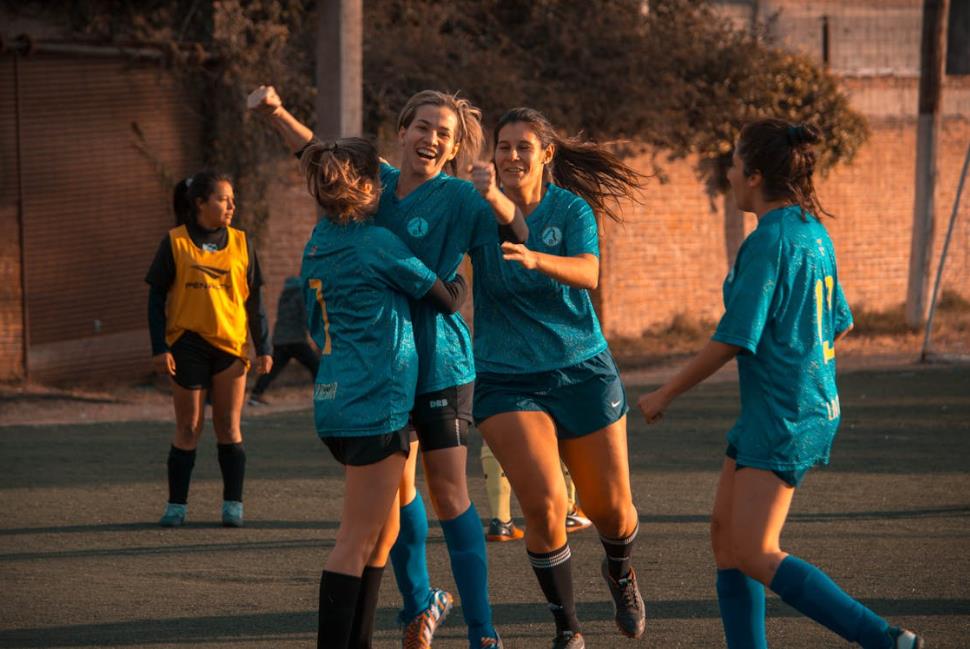The Pioneers: Trailblazers of the Past
To understand the current state of female athletics, it’s crucial to recognize the trailblazers who laid the groundwork for future generations. In the early 20th century, women like Babe Didrikson Zaharias emerged as pioneering figures in sports. Zaharias was not only a talented golfer but also excelled in track and field, basketball, and baseball. Her success demonstrated that women could compete at the highest levels in a variety of sports, challenging the prevailing notion that athleticism was inherently male.
Another key figure was Billie Jean King, whose impact extended beyond her impressive tennis career. King’s victory over Bobby Riggs in the “Battle of the Sexes” in 1973 was a watershed moment in sports history. Her advocacy for gender equality and her role in founding the Women’s Tennis Association helped to elevate women’s sports and bring attention to the disparities faced by female athletes.
The Evolution of Female Sports: From Marginalization to Mainstream
The rise of female athletes is not merely a story of individual achievements but also reflects broader societal changes. In the United States, Title IX of the Education Amendments of 1972 was a landmark piece of legislation that prohibited discrimination based on sex in educational programs and activities, including athletics. This law played a crucial role in increasing female participation in sports at the collegiate level and beyond.
The success of female athletes in the Olympics is another testament to the progress made over the years. For instance, the inclusion of women’s events in the 1900 Paris Olympics marked a significant step forward, albeit with only a limited number of events and participants. Fast forward to the present day, and female athletes are not only competing in every Olympic sport but also achieving remarkable success. Athletes like Simone Biles, who has redefined gymnastics with her extraordinary performances, and Allyson Felix, a track and field star with multiple Olympic medals, exemplify the high caliber of female athletic talent.
Breaking Barriers: Not Just About Winning
Breaking gender barriers in sports involves more than just winning medals; it encompasses overcoming societal attitudes and systemic biases. Female athletes often face challenges such as inadequate funding, lack of media coverage, and gender stereotypes. Yet, many have risen above these challenges, proving their mettle not just through their performances but through their advocacy and resilience.
Consider the story of Megan Rapinoe, a prominent figure in women’s soccer. Rapinoe has not only been a key player in leading the U.S. Women’s National Team to World Cup victories but has also used her platform to advocate for gender equality and LGBTQ+ rights. Her outspoken stance on these issues has brought significant attention to the disparities in women’s sports and has inspired many to take action.
Similarly, Caster Semenya’s journey in middle-distance running has highlighted issues of gender identity and fairness in athletics. Semenya, who has faced controversy and legal battles over her natural testosterone levels, has become a symbol of the complex intersection between gender, identity, and sport. Her perseverance and success in the face of adversity have sparked important conversations about inclusivity and fairness in sports.
The Impact of Media and Social Media
The rise of social media has been a game-changer for female athletes. Platforms like Instagram, Twitter, and TikTok have allowed athletes to connect directly with their fans, share their stories, and advocate for causes they believe in. This visibility has played a significant role in changing public perceptions and increasing support for women’s sports.
Athletes such as Naomi Osaka have leveraged social media to address mental health issues and advocate for social justice. Osaka’s openness about her struggles with anxiety and depression has not only humanized her but has also sparked broader discussions about mental health in sports. Her willingness to speak out has encouraged other athletes to share their experiences and seek support.
The Future of Female Athletics: Continuing the Momentum
The future of female athletics looks promising, with increased visibility, support, and opportunities for women in sports. Initiatives like the Women’s Sports Foundation and the Equal Play Equal Pay movement continue to push for greater investment in women’s sports and more equitable treatment.
Moreover, the success of female athletes across various sports continues to inspire young girls to pursue their athletic dreams. Programs aimed at encouraging girls to participate in sports from a young age are crucial in ensuring a pipeline of future talent. By providing support, resources, and opportunities, we can help ensure that the progress made by female athletes continues to build and flourish.
Conclusion
The rise of female athletes represents a significant shift in the world of sports. Their achievements, advocacy, and resilience have not only broken gender barriers but have also redefined what is possible for women in athletics. From pioneering figures of the past to contemporary stars, these athletes have paved the way for future generations, demonstrating that talent, determination, and passion know no gender. As we look to the future, it is clear that the journey of female athletes is far from over, and their stories will continue to inspire and transform the world of sports for years to come.


